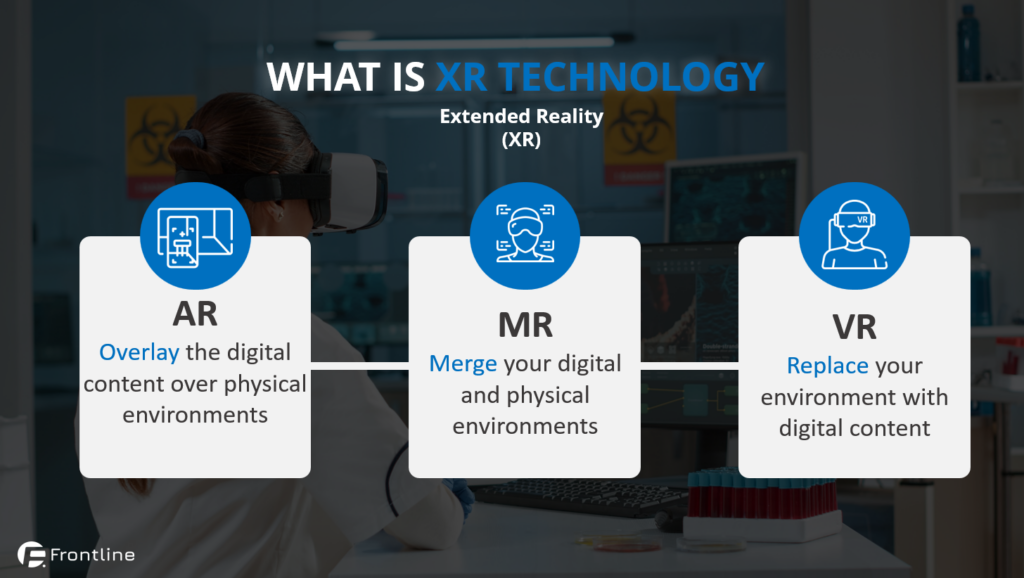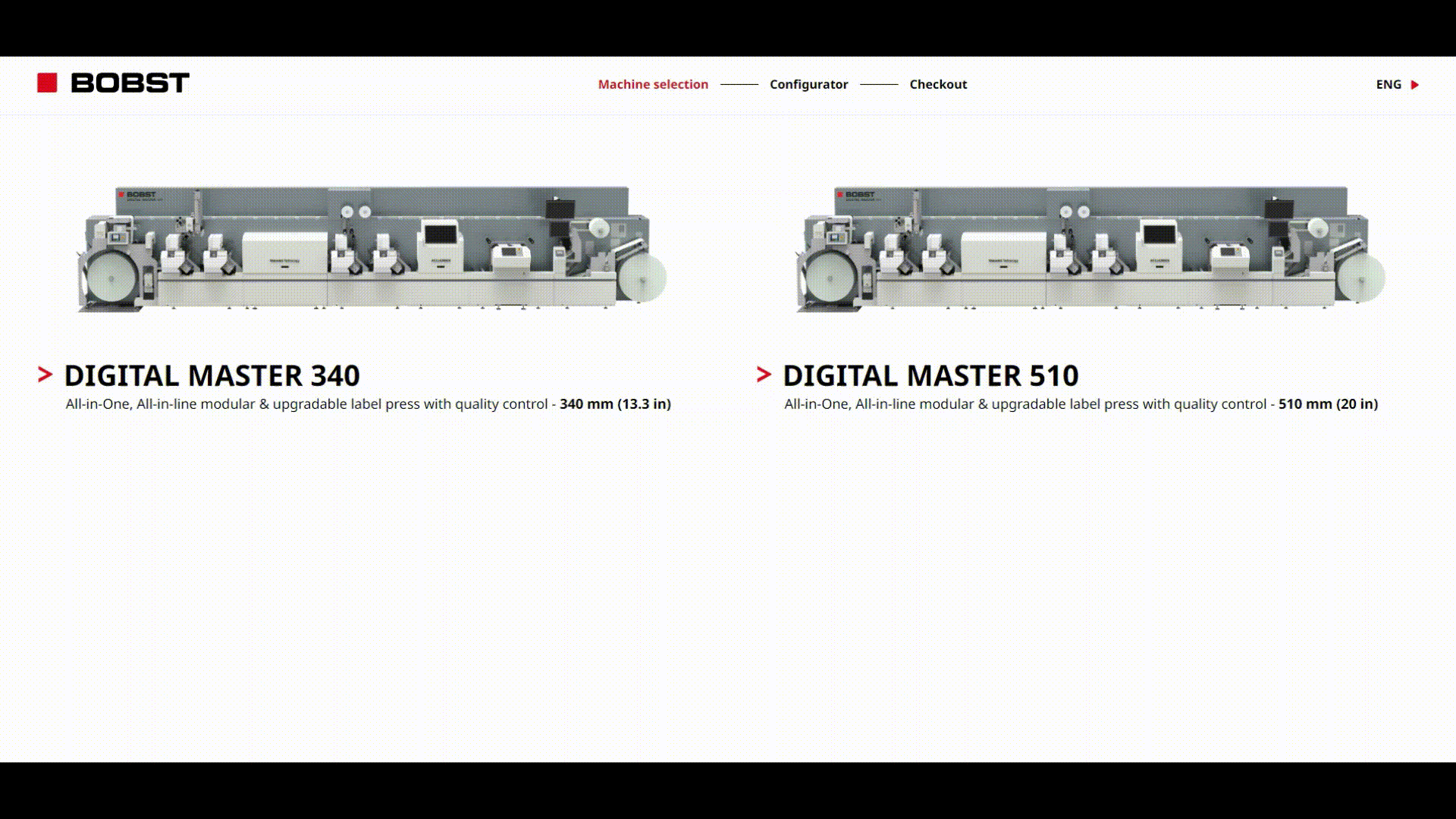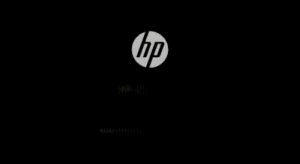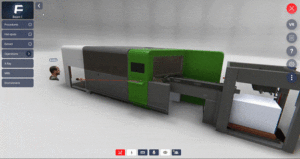The challenges and opportunities of adopting AR/VR technology in the print industry
Introduction
The print industry has been around for centuries, providing people with tangible reading materials. However, with the advancement of technology, the print industry is facing tough competition from digital media. To stay relevant, the industry must embrace innovation in print quality, production, and training and support. This article will explore the challenges and opportunities of adopting AR/VR/MR technology in the print industry.
Understanding AR/VR/MR Technology
Before diving into the challenges and opportunities of AR/VR/MR technology, it’s important to understand what it is. Augmented Reality (AR) is a technology that enhances the real world with digital content, while Virtual Reality (VR) creates a completely artificial environment. Mixed Reality (MR) combines both VR and AR while matching and locking the virtual image into a physical object. This technology allows users to experience immersive and interactive environments, providing a unique user experience.

Opportunities of AR/VR/MR Technology in the Print Industry
AR/VR technology presents several opportunities for the print industry in training, support, sales, and marketing.
Self-paced learning: The printing process and machines are complicated and take a long time to master. Advanced visualization technology, such as VR, enables more effective learning without the need for machines.
Virtual training rooms: A new way of learning inherited from the gaming industry enables group learning from any location and in an ideal training environment.
Interactive 3D procedures: A step-by-step MR-based procedure eliminates the need for pre-learning and long PDF documents. It is always updated, saves time and errors, and reduces safety incidents.
Remote support calls: AR-based remote support applications empower field engineers, technicians, and operators by providing advanced AR tools to experts to view and guide
people remotely. Additional benefits are achieved by integrating the remote support call with the Virtual Training Room and interactive 3D procedures.
Sales and marketing configurator: A great leverage of Digital Twin will be a sales marketing configurator as
shown in this link.
Challenges of Adopting AR/VR Technology in the Print Industry
While AR/VR technology presents several opportunities, it also comes with challenges, including:
High Cost: AR/VR technology can be expensive to develop and implement, making it difficult for smaller publishers to adopt. This topic is being addressed by using tablets and mobile instead of dedicated hardware.
Resistance to change: The printing industry has been around for many years, and adopting changes is challenging. Therefore, finding the entry point and gradual approach are keys to overcoming this challenge.
Adopting new technologies: For people who are not used to new media and software, AR/VR/MR can be intimidating. Thus, these tools must be simple to use with “0” lines of code.

Conclusion:
The print industry is facing tough challenges, including cost reduction, shorter printing runs, and quicker turnaround time, while the printing equipment is progressing and becoming more complicated to operate and maintain. AR/VR/MR represents a great opportunity for change, training, and support in modern ways. It can attract the younger generation to this industry, improve efficiency, and save operational costs. By embracing AR/VR technology, the print industry can remain relevant and thrive in the digital age.



